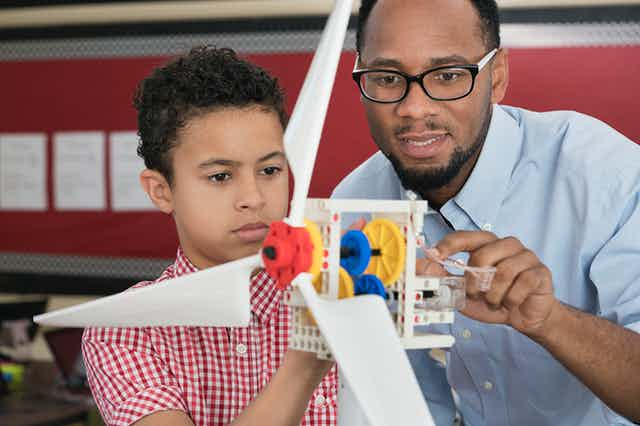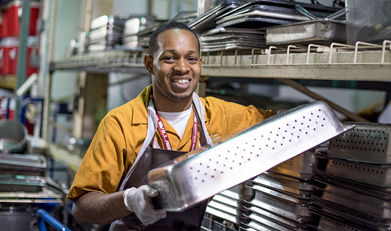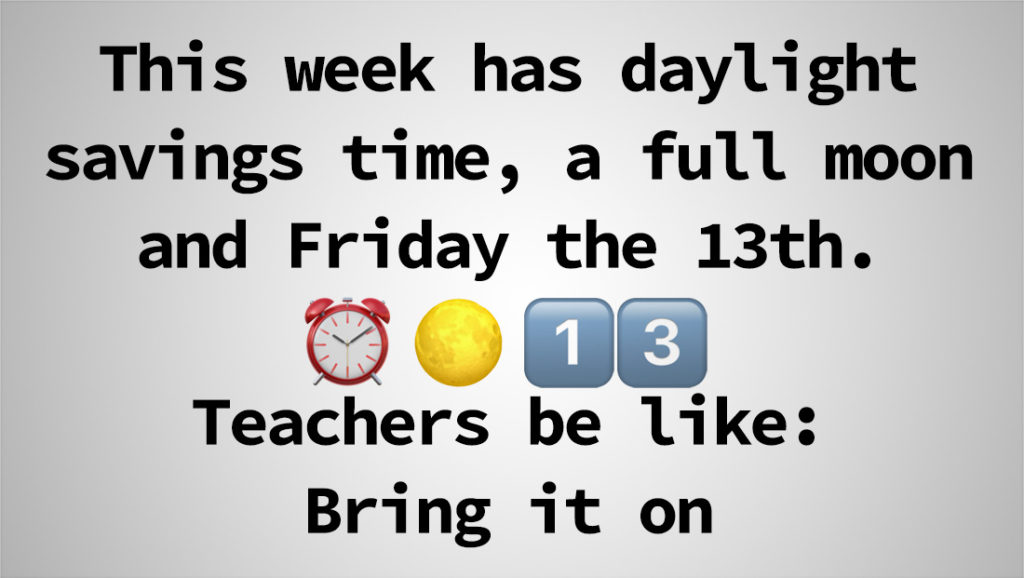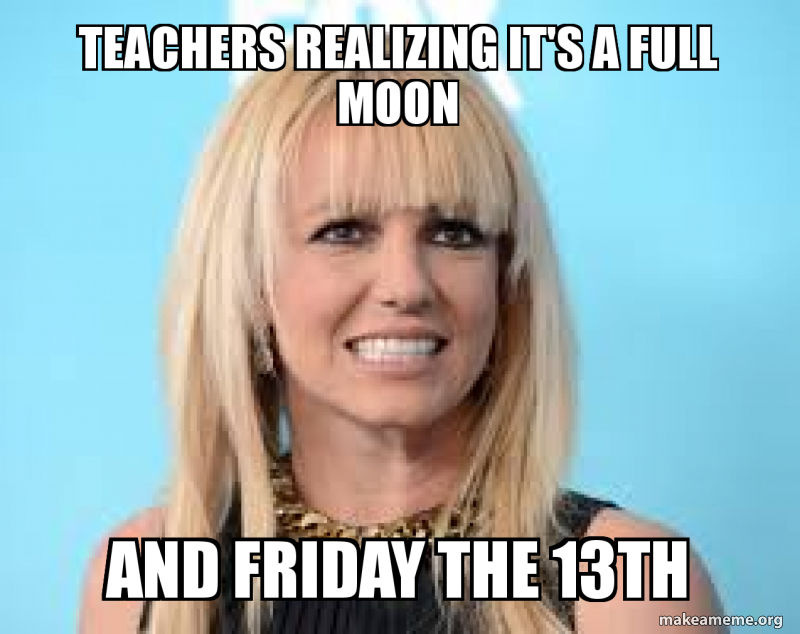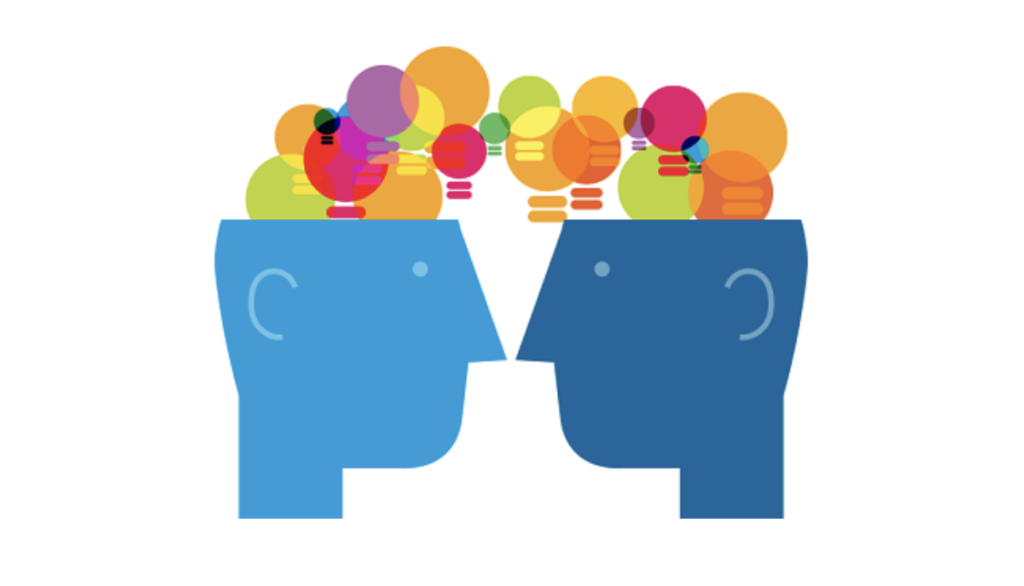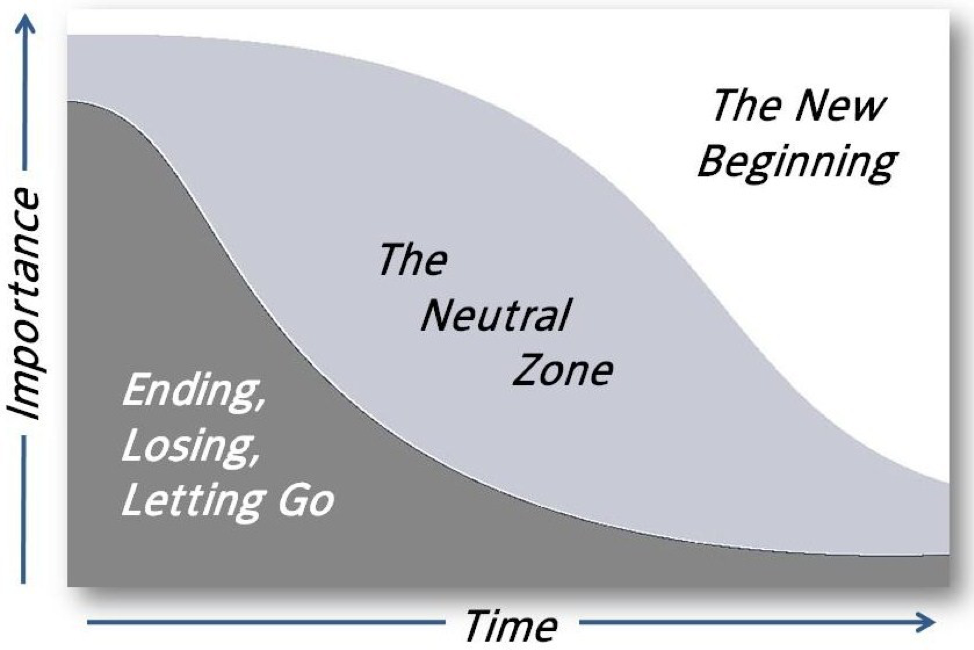
School leadership is often described as the compass that guides the ship of education. Effective leadership not only influences the daily operations of a school but plays a pivotal role in determining teacher retention and student achievement. In this blog post, we’ll explore the crucial connection between school leadership, teacher retention, and student achievement.
A Motivated Workforce
Effective school leaders are adept at creating a positive and supportive work environment for their staff. When teachers feel valued, supported, and motivated, they are more likely to remain in their positions. Retaining experienced teachers is essential for building a strong educational foundation. Experienced educators bring knowledge, expertise, and stability to the school community. When leaders invest in their teachers, it pays off in terms of reduced turnover and enhanced student outcomes.
Professional Development Opportunities
Great school leaders understand the importance of ongoing professional development. They provide teachers with opportunities to grow and improve their skills. By investing in their staff’s professional growth, they not only retain talent but also help them become more effective educators. When teachers feel that they are growing professionally, they are more likely to stay and contribute to the school’s success.
Supportive and Collaborative School Culture
A school’s culture is a reflection of its leadership. Effective leaders foster a collaborative culture where teachers work together, share ideas, and learn from one another. A supportive and collaborative school culture fosters an environment where teachers are encouraged to innovate and adapt their teaching methods. This, in turn, benefits students by providing them with a more engaging and effective learning experience.
Clear Communication and Vision
School leaders must communicate a clear vision for the school and involve teachers in shaping that vision. When teachers understand the school’s goals and their role in achieving them, they feel a greater sense of purpose. This clear communication aligns the efforts of teachers, leading to improved student outcomes.
Data-Driven Decision-Making
Effective school leaders use data to inform their decisions and make continuous improvements. They work closely with teachers to assess student performance and identify areas for growth. When leaders and teachers collaborate on data analysis, it not only helps to identify areas that need attention but also empowers teachers to make adjustments to their teaching methods. This data-driven approach is crucial for enhancing student achievement.
Empowering Teacher Leadership
Empowering teacher leadership within the school is another way in which school leadership can impact teacher retention and student achievement. When teachers are given opportunities to lead, whether through curriculum development, mentorship, or decision-making committees, they become more invested in the school’s success. This sense of ownership and responsibility often leads to greater job satisfaction and increased teacher retention.
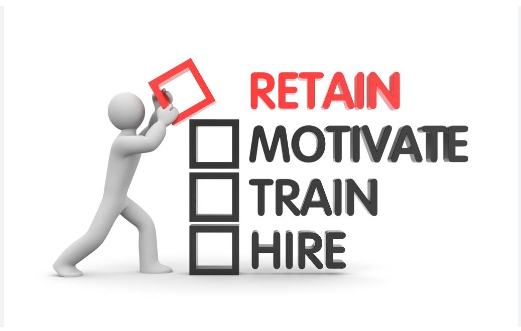
In the intricate web of education, school leadership is the thread that ties teacher retention and student achievement together. Effective leadership creates a positive work environment, promotes professional development, nurtures a supportive school culture, communicates a clear vision, uses data to make informed decisions, and empowers teacher leadership. When school leaders excel in these areas, they set the stage for increased teacher retention and improved student achievement.
Therefore, investing in strong and effective school leadership is not just an investment in the school itself but an investment in the future of its students. It’s a reminder that leadership isn’t just about making decisions; it’s about creating an environment where teachers can flourish, and in turn, guide students toward success.


